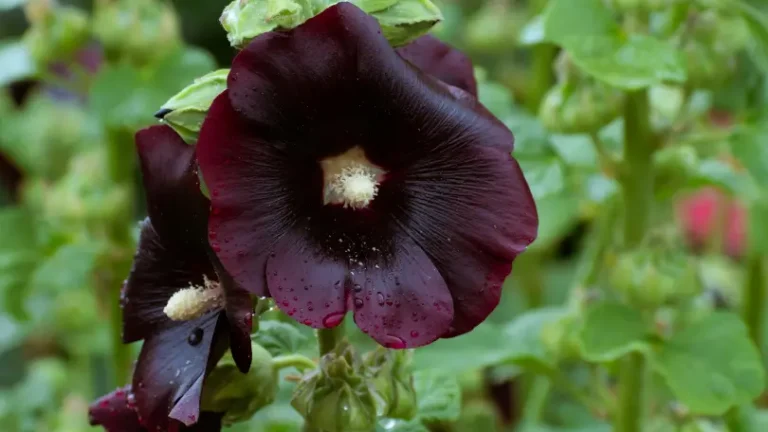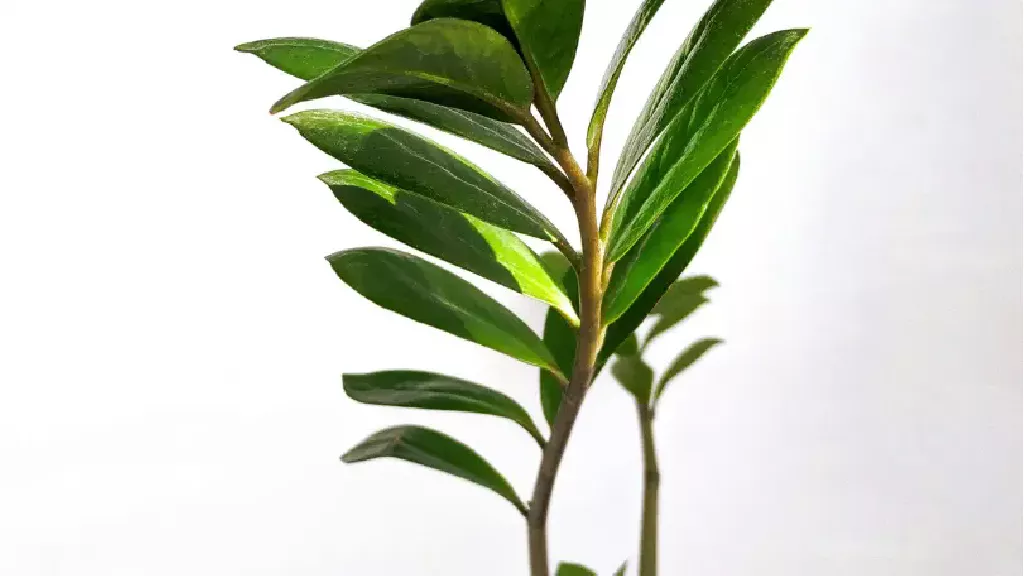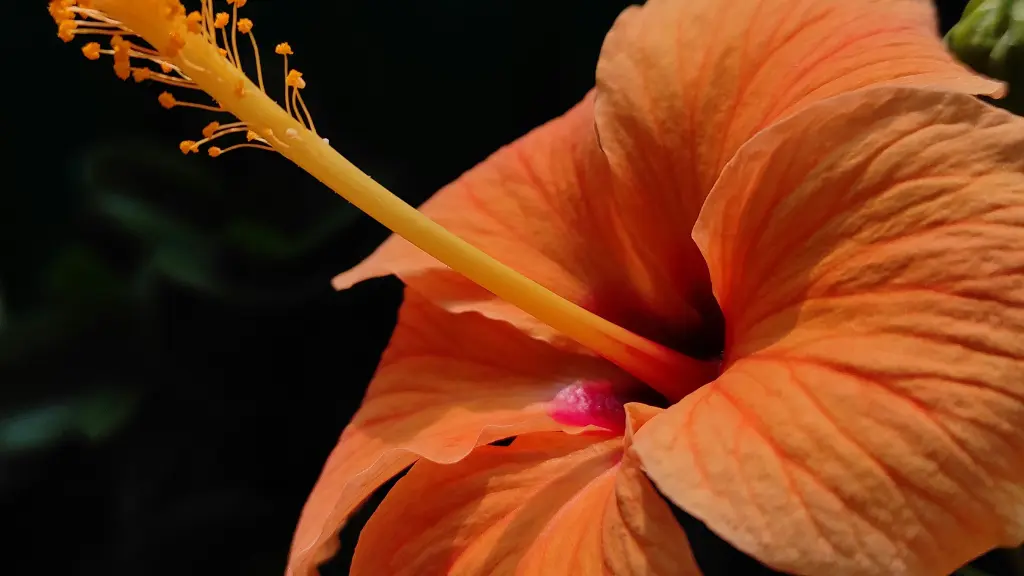

As a botanist, I have always been fascinated by the diverse and complex world of plant life. Botany, the scientific study of plants, encompasses a wide range of topics, from the structure and function of plant cells to the classification and evolution of different plant species. Botanies, or areas of study within botany, can include plant physiology, ecology, genetics, and more.
One of the most important aspects of botany is understanding the role that plants play in our world. Plants are not only essential for the survival of other organisms, but they also provide us with food, medicine, and materials for clothing and shelter. By studying botanies such as plant ecology and conservation, we can better understand how to protect and preserve these valuable resources.
Another fascinating area of botany is plant evolution. By examining the genetic and morphological changes that have occurred in different plant species over time, we can gain insights into the history of life on earth. Botanies such as plant systematics and phylogenetics help us to classify and understand the relationships between different plant groups, and can even shed light on the evolution of other organisms.

Botany involves examining plants, focusing on their anatomy, development, and reproduction. The history of botany dates back to ancient times when people used plants for medicinal purposes and food. Theophrastus, a student of Aristotle, is considered the father of botany. He wrote books on botany that are still studied today. During the Renaissance, botany became an important field of study, and many new plant species were discovered and classified. In the 19th century, botany became more scientific, and the study of plant genetics began. Today, botany is a modern and diverse field that encompasses many different areas of study.
Botany is a vast field with many different branches. Some of the primary branches of botany encompass:
Each branch of botany is important in its own way and contributes to our understanding of plants and their role in the world.
In modern botany, new technologies and techniques are constantly being developed to better understand plants and their functions. From DNA sequencing to remote sensing, botanists are using cutting-edge tools to study and protect the natural world. As a botanist, I am excited to be a part of this field and to contribute to our knowledge of the botany.

As someone interested in botany, pursuing a degree in this field can provide a solid foundation for a career in botany. A Bachelor’s Degree in Botany or a related field such as Biology or Environmental botany science can provide a strong foundation in plant biology, ecology, and evolution. A Master’s Degree or a PhD in Botany can provide more specialized knowledge and research opportunities.
Some universities offer specialized programs in botany, while others offer botany as a concentration within a broader biology program. When selecting a program, it is important to consider the courses offered, the research opportunities available, and the faculty’s areas of expertise.
In addition to formal botany education, there are also certifications available for those interested in botany. The American Society of Botanical Artists offers a Botanical Art and Illustration Certificate Program, which provides training in botanical art and illustration techniques. The International Society of Arboriculture offers certification for arborists, which includes knowledge of tree biology and identification.
Continuing education is important in botany, as it is a constantly evolving field with new discoveries and advancements. Professional organizations such as the Botanical Society of America and the American Society of Plant Biologists offer conferences, workshops, and webinars to keep members up-to-date on the latest research and techniques.
Additionally, there are online courses and certificate programs available for those interested in continuing their education in botany. These programs can cover a range of topics, from plant identification to plant ecology and conservation.
Overall, pursuing a degree or certification in botany, as well as continuing education, can provide a strong foundation for a career in botany. It is important to carefully consider the options available and select a program that aligns with your interests and career goals.

As a botanist, I am fascinated by the study of plant physiology. This field of botany focuses on the functions and processes that occur within plants, including photosynthesis, respiration, and water uptake. Understanding plant physiology is crucial for developing new agricultural techniques and improving crop yields.
One of the most interesting aspects of plant physiology is the way in which plants respond to their environment. For example, plants can adjust their growth and development in response to changes in light, temperature, and humidity. They can also produce chemicals to defend themselves against predators and pathogens.
Another important area of botany is plant ecology. This field focuses on the interactions between plants and their environment, including other plants, animals, and microorganisms. By studying plant ecology, botanists can better understand how ecosystems function and how they can be managed to promote biodiversity and sustainability.
One of the key concepts in plant ecology is the idea of niches. A niche is the role that a plant plays within an ecosystem, including its interactions with other species and its physical environment. By understanding the niches of different plant species, botanists can predict how they will respond to changes in their environment.
Genetics is another important area of botany. By studying plant genetics, botanists can better understand how plants develop and evolve, as well as how they can be bred to produce desirable traits. This knowledge is crucial for developing new crop varieties that are more resistant to pests and diseases, as well as for understanding the evolutionary history of different plant species.
One of the most exciting developments in plant genetics in recent years has been the advent of genetic engineering. This technology allows scientists to modify the genetic makeup of plants in order to produce new traits, such as increased resistance to drought or pests. While there are concerns about the safety and ethical implications of genetic engineering, it has the potential to revolutionize agriculture and help us to feed a growing global population.
Overall, the study of botanical science is critical for understanding the natural world and developing new agricultural techniques. By combining knowledge of plant physiology, ecology, and genetics, botanists can make important contributions to fields such as agriculture, medicine, and environmental conservation.

In recent years, there has been a significant increase in research on botany due to the growing interest in the environment and sustainability. One of the current research trends is the study of plant genetics and genomics, which involves the sequencing and analysis of plant genomes to understand their functions and adaptations. This research has led to the discovery of new plant species and the development of new agricultural practices that are more sustainable and efficient.
Another trend is the study of plant physiology and ecology, which focuses on how plants interact with their environment and how they respond to environmental changes such as climate change. This research has led to the development of new technologies and methods for monitoring plant growth and productivity, as well as the development of new crop varieties that are more resilient to environmental stress.
To conduct research in botany, various methodologies are used depending on the research question and objectives. One of the most common methodologies is experimental research, which involves designing experiments to test hypotheses and collect data. This methodology is often used in plant physiology and genetics research.
Another methodology is observational research, which involves observing and describing plant behavior and interactions in their natural environment. This methodology is often used in plant ecology research.
Learning botany and modern botany have also become more accessible due to the availability of online resources and courses. This has led to an increase in the number of people interested in botany and pursuing careers in this field.
In conclusion, research in botany is crucial for understanding and preserving our natural environment. With the current research trends and methodologies, we can continue to make advancements in sustainable agriculture and environmental conservation.

As a botanist, I spend a lot of time in the field studying plants in their natural habitats. This is where I can observe their growth patterns, interactions with other species, and adaptations to their environment. In this section, I will discuss some of the fieldwork techniques I use and the conservation efforts that are being made to protect plant species.
To study plants in the field, I use a variety of techniques to collect data and samples. One of the most common methods is to take measurements of plant height, stem diameter, leaf size, and other physical characteristics. I also collect plant specimens to identify and classify them, which involves taking photos, pressing and drying the specimens, and labeling them with detailed information about their location, habitat, and other features.
Another important technique is to study the soil and environmental conditions where the plants are growing. This can involve taking soil samples, measuring temperature and humidity, and mapping the distribution of different plant species in the area. By understanding the ecological context of the plants, I can better understand their adaptations and interactions with other organisms.
Botanists play a crucial role in conservation efforts to protect plant species from extinction. One of the main ways we do this is by identifying and monitoring endangered plant populations. This involves conducting surveys to locate rare plants, assessing their population size and health, and developing strategies to protect them from threats such as habitat loss, invasive species, and climate change.
Another important aspect of conservation is to educate the public about the importance of plants and their role in ecosystems. Botanists work with communities and organizations to raise awareness about the value of plant diversity and the need to preserve it for future generations.
In conclusion, botany in the field is a fascinating and rewarding area of study that requires a combination of scientific knowledge, technical skills, and a passion for understanding and protecting plant life. Through careful observation and analysis, botanists can contribute to our understanding of the natural world and help to preserve it for future generations.

As a botanist, I have found that technology has revolutionized the way we study and understand plants. One of the most significant technological advances in modern botany is the development of botany software. This software has made it easier to collect, organize, and analyze data, allowing us to gain a better understanding of plant species and their behaviors.
Botany software is designed to help us manage and analyze large amounts of data that we collect during our research. With this software, we can create databases of plant species, their characteristics, and their habitats. We can also use it to monitor plant growth, track changes in plant populations, and study the effects of environmental factors on plants.
The software also allows us to create visual representations of our data, such as graphs and charts, which make it easier to analyze and interpret the results of our research. This has made it easier for us to share our findings with other scientists and the public.
Another technological advance that has revolutionized modern botany is the use of artificial intelligence (AI). AI has made it possible for us to analyze and interpret large amounts of data quickly and accurately, which has helped us gain a better understanding of plant species and their behaviors.
AI can be used to analyze data from various sources, such as satellite imagery, weather data, and soil samples. It can also be used to identify plant species, monitor plant growth, and predict changes in plant populations based on environmental factors.
AI has also been used to develop predictive models that can help us understand how plants will respond to changes in their environment. These models can be used to predict the effects of climate change on plant populations, which can help us develop strategies to mitigate its impact.
In conclusion, technological advances have transformed modern botany, making it easier for us to collect, organize, and analyze data. Botany software and AI have revolutionized the way we study and understand plant species, and they will continue to play a critical role in the future of botany research.
When it comes to finding resources on botany, the internet is a treasure trove of information. One website that I highly recommend is the OSU Botany website. It offers a wealth of information on various aspects of botany, from plant anatomy to ecology and evolution. The website is user-friendly and easy to navigate, making it a great resource for students, researchers, and enthusiasts alike.
Another excellent website for botany enthusiasts is Botany.com. This website provides a comprehensive guide to plant identification, with detailed descriptions and images of various plant species. It also offers a range of resources on plant care, gardening, and horticulture, making it a valuable resource for both professionals and hobbyists.
For those looking to connect with other botany enthusiasts and professionals, there are several academic and professional organizations that offer networking opportunities and resources. One such organization is the Botanical Society of America. It is a non-profit organization that aims to promote research and education in botany and plant biology. It offers a range of resources, including publications, grants, and awards, to support the work of botanists and plant biologists.
Another organization worth mentioning is the American Society of Plant Biologists. It is a professional society that represents plant biologists from around the world. The society offers a range of resources, including publications, meetings, and awards, to support the work of plant biologists and advance the field of plant biology.

In summary, there are many resources and organizations available for those interested in botany. Whether you are a student, researcher, or hobbyist, there are websites and organizations that can provide you with the information and support you need to pursue your interests in botany. See more articles like this by clicking here: Astronomy Degree: Launch Your Career in the Stars.